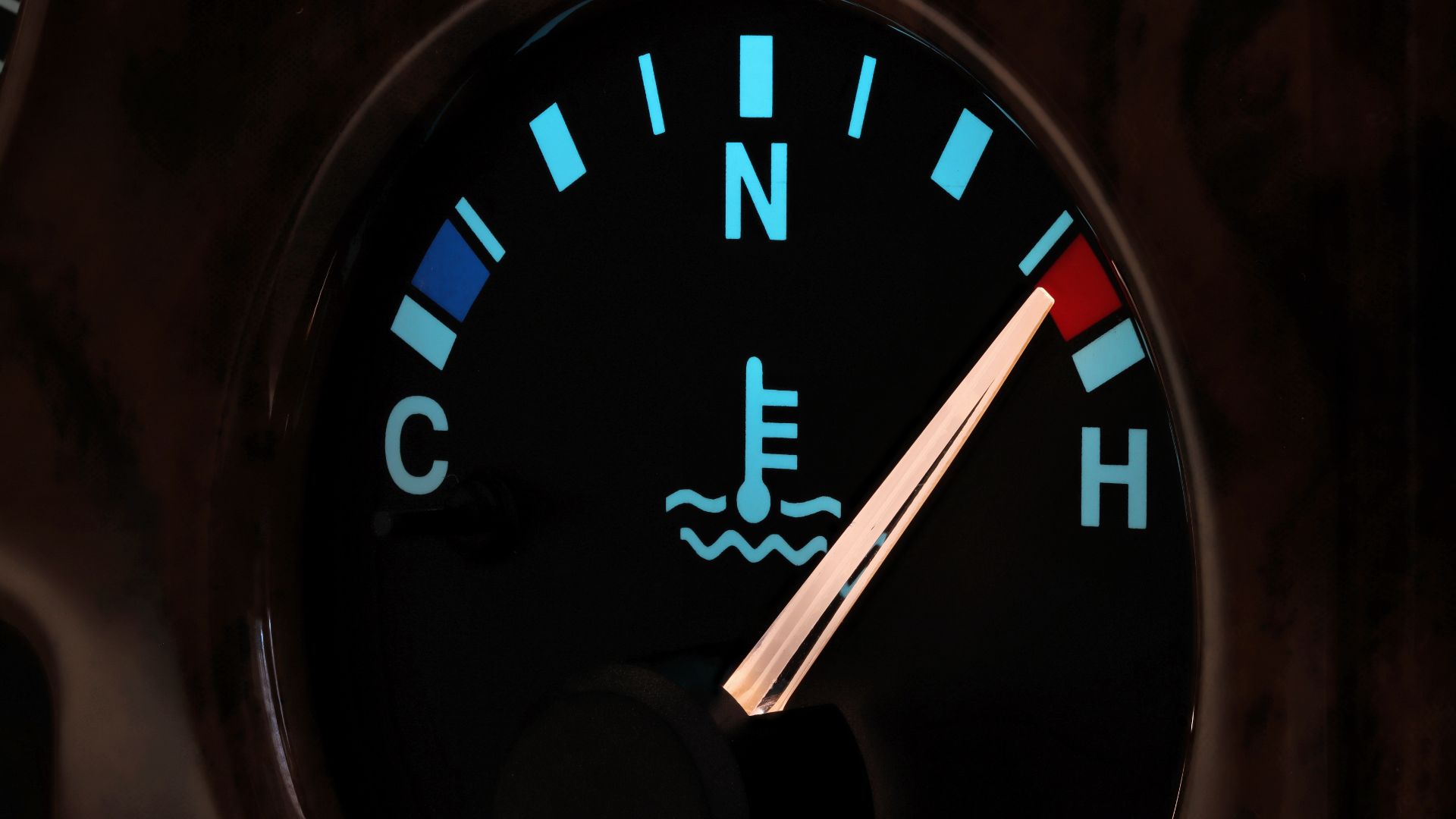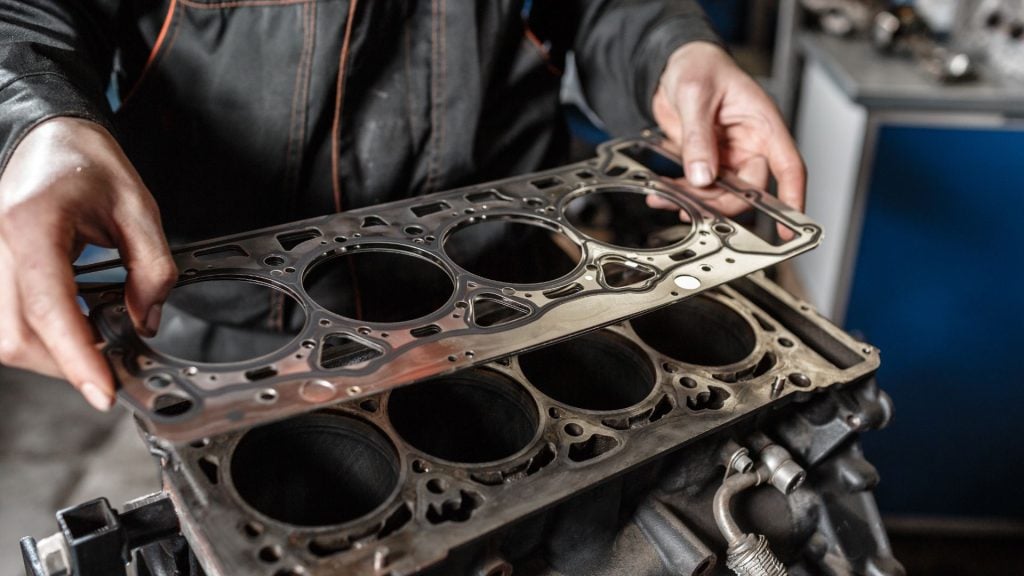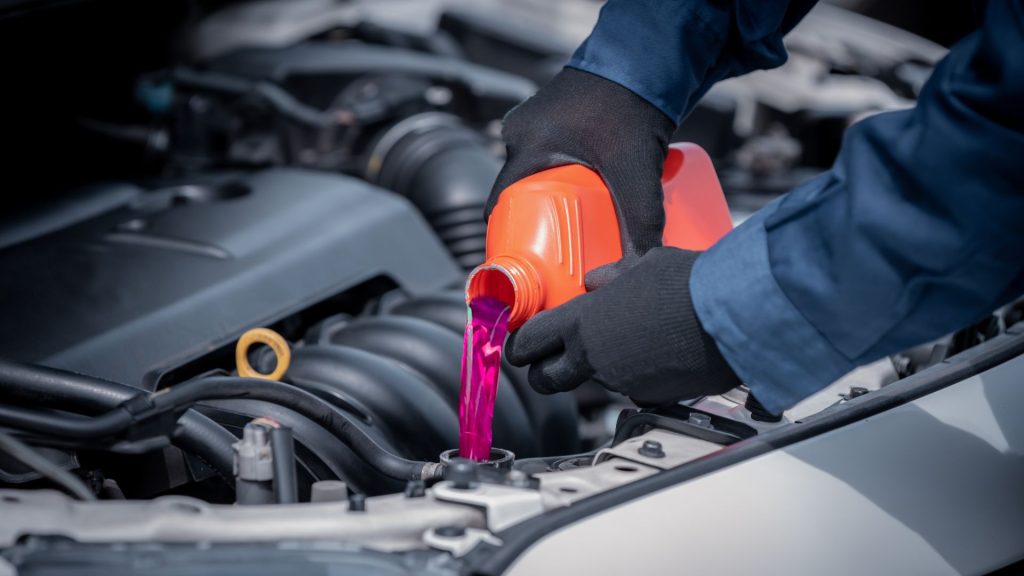Temperature gauge rising but car not overheating – what you should know
Investigate why your car's temperature gauge is climbing without reaching the point of overheating.

The temperature gauge of a car measures and displays the engine’s temperature at all times, and it warns you if you are getting close to overheating. Temperature gauges sometimes show inaccurate readings for several reasons. For instance, they are known to overheat themselves when left untouched for a long time, and this causes them to read beyond the average reading. If your car overheats, it can lead to immense engine damage.
The engine may crack under the heat and begin to leak oil. Your cylinders and heat gasket will most likely warp under intense heat. If this condition becomes prominent, the first thing that can happen is your engine seizing; the least bad thing to happen is your car losing performance. You can easily avoid this issue if you attentively keep an eye on your car’s temperature gauge.
Although there are scenarios where all the signs noticed point towards a hot engine, the engine isn’t overheating. In this article, we will explore the reasons and solutions for cases where the temperature gauge is rising, but the car is not overheating.
Why is my temperature gauge going up and down but not overheating?
There are some clear reasons why your car may be experiencing a high-temperature gauge reading, but it faces no overheating problems. They include;
Faulty temperature gauge
A faulty temperature gauge is one of the most common reasons why you might experience your car’s temperature gauge rising but not the vehicle overheating. A temperature gauge needle may be damaged if stuck in a high-temperature area. Many gears are enclosed in the car’s temperature gauge, which can impact how well the needle works.
If you notice unusual readings from your temperature gauge, it is linked to being one of the major causes of high-temperature gauges. When the car radiator cap is not fastened correctly, the temperature gauge may indicate that the engine is overheating even when it is normal.
Damaged head gasket

If your car’s temperature gauge is rising, but the vehicle is not overheating, it could signify a leak in the seal between the cylinder’s head and the engine block. If the seal leaks oil or coolant, it could cause one or more problems. It’s essential to have your car checked upon the first symptoms of a blown head gasket to prevent further engine complications.
It is essential to have your mechanic inspect your vehicle when you notice any symptom of a damaged head gasket. This will prompt the replacement of the defective part as soon as possible. If the damaged part isn’t tended to quickly, it could result in more expensive realism in the future.
Damaged temperature sensor
A damaged temperature sensor is one of the key reasons you might notice your vehicle’s temperature gauge rising, but the car isn’t overheating. The role of the temperature sensor is to measure the engine’s temperature in your car.
A bad temperature sensor will most likely display incorrect readings on the temperature gauge. If you ever experience this issue, the temperature gauge might display a false alarm and indicate that the engine is overheating. This explains the experience when driving, and the gauge keeps fluctuating.
Faulty water pump
Your car’s water pump is an essential part of its cooling system. If it does not perform adequately, the cooling system will not correctly transport coolant past the hoses. The symptoms of water pump failure can affect the engine’s cooling system causing it to emit heat.
If you experience a leakage in your vehicle’s water pump, it can cause the car to overheat. Water pumps can start wearing out if left unchecked over a long period. They show signs of failure long before they deteriorate entirely.
If you notice that your water pump isn’t operating properly, it could cause an overheated engine. The signs of a faulty water pump include; unusual noise from the water pump, coolant leakage from the weep hole and the pump seal, loose water pump pulley, and white residue (dried coolant) around the nearby engine components and the water pump. Most cars’ water pumps last for a very long time, although it is a good practice to replace the water pump as a precaution and if the engine overheats regularly.
Low coolant level
If your vehicle’s coolant reservoir is lower than usual, it can cause your car to overheat. When the coolant reservoir gets empty, your car will begin to malfunction, causing the engine to overheat. Overheating can cause problems with other components of your vehicle.
It is essential to monitor the coolant levels regularly to ensure that the reservoirs are filled with the proper amount of fluid. It will help if you fill up another canister with radiator fluid to prevent this from happening. Your car requires a specific coolant volume to ensure the cooling system operates efficiently.
The coolant is a mixture of antifreeze and water. Antifreeze is a chemical that enhances the thermogenic characteristics of the water by preventing it from freezing in cold water and increasing the water’s boiling point. If the water and antifreeze mixture becomes too weak, then the coolant will not be able to absorb heat as it passes through the engine.
Broken hoses
The hose of a car transports coolant from one point to another. Sadly, the hose can be exposed to intense heat, and if this happens, the inside of the hose becomes thin, and it cannot properly manage the flow of coolant that runs through it. When there’s a leakage in the hose, there is an escape of coolant, and it prevents an adequate transportation stream as there is a small amount of coolant contained in the host.
Insufficient cooling will often result in the temperature rise of your car engine. There will be a constant leak of coolant over time if your hose is torn, and there won’t be any coolant left in the radiator. It is essential to check the hose enabling coolant to flow in the radiator when your car is overheating.
Using the wrong coolant

It is essential to use the correct coolant for your vehicle. Mixing different types or brands of coolants can cause problems with your car’s cooling system. It is recommended to take your vehicle to a mechanic for servicing if you are unsure about changing your coolant. The coolant can become corrosive over a long period due to oxidation after being in an overheated state for a while.
Faulty radiator fan
Your vehicle’s radiator fan is responsible for removing excess heat from the engine by decreasing the car’s coolant temperature. If there happens to be a malfunction in the radiator fan, it won’t be able to perform its duty. This can create an unstable condition because the radiator will get overheated.
There are some scenarios where the radiator fan comes on when it isn’t supposed to. This can cause issues that can result in an uncertain reading on your temperature gauge and fluctuations.
Faulty thermostat
The thermostat is a crucial element of the vehicle’s cooling system, and it ensures the coolant does not get pumped around the system so much when required. When the thermostat becomes faulty, it cannot pump coolant into the radiator when needed. A damaged thermostat can cause an increased temperature in a vehicle’s engine.
What to do when you experience a high-temperature gauge, but the car isn’t overheating
To accurately diagnose an engine temperature problem, you will need an OBD-II diagnostic reader. The OBD-II diagnostic reader allows you to check electrical faults like damaged sensors. Suppose you notice your car’s temperature gauge is rising, but the car isn’t overheating. In that case, you should use the OBD-II to carry a diagnosis on the temperature gauge sensor, or you can go to an auto repair shop for a replacement.
Checks you can carry out to find the reason for an overheated engine
Carrying out the following checks can help you discover why your engine is overheated.
- Check the radiator for damage or leaks: You should check the radiator for coolant leakage and other cracks that may prevent the flow of the coolant.
- Check the coolant leaks: When there’s coolant leakage, it can result in the overheating of the engine since there’s a low coolant supply.
- Check the condition of the hoses: It is essential to check the cooling system hoses for tears that may allow coolant to seep through.
- Check the condition of the cooling fan: Most cooling fans are made from plastic, and they can easily get broken or lose their blades over time. It is essential to check the condition of the cooling fan for damage to the edges and ensure that it rotates freely.
- Perform a coolant system flush and a coolant replacement: A complete coolant system flush will remove debris and help remove the partial blockage. Replacing a deteriorated coolant will be more effective at maintaining the engine’s temperature.
How to fix the rising temperature gauge problem
Follow these steps to fix the rising temperature gauge on your vehicle:
- Allow the vehicle to cool down for about twenty to thirty minutes if you have been driving
- Use a car jack to lift the vehicle and then access the radiator cap then remove it
- Drain the coolant from the vehicle’s radiator and unplug the temperature sensor wiring
- Remove the existing temperature sensor from the vehicle and put in the new temperature sensor
- Replug the wiring connector and then remove the jack to put your car in a normal position
- Turn on the ignition and check the temperature gauge to see if it’s reading correctly
- Take your car for a test drive to verify that the problem has been resolved.
Our take
A low coolant level is most likely to cause your engine to overheat. However, there is a possibility that the temperature gauge may show inaccurate readings. If this happens, you should try to fix the visible problems or visit an auto repair shop. If the problem results in a broken gauge, it should be fixed immediately. You should evaluate your car system appropriately to prevent your vehicle from overheating.